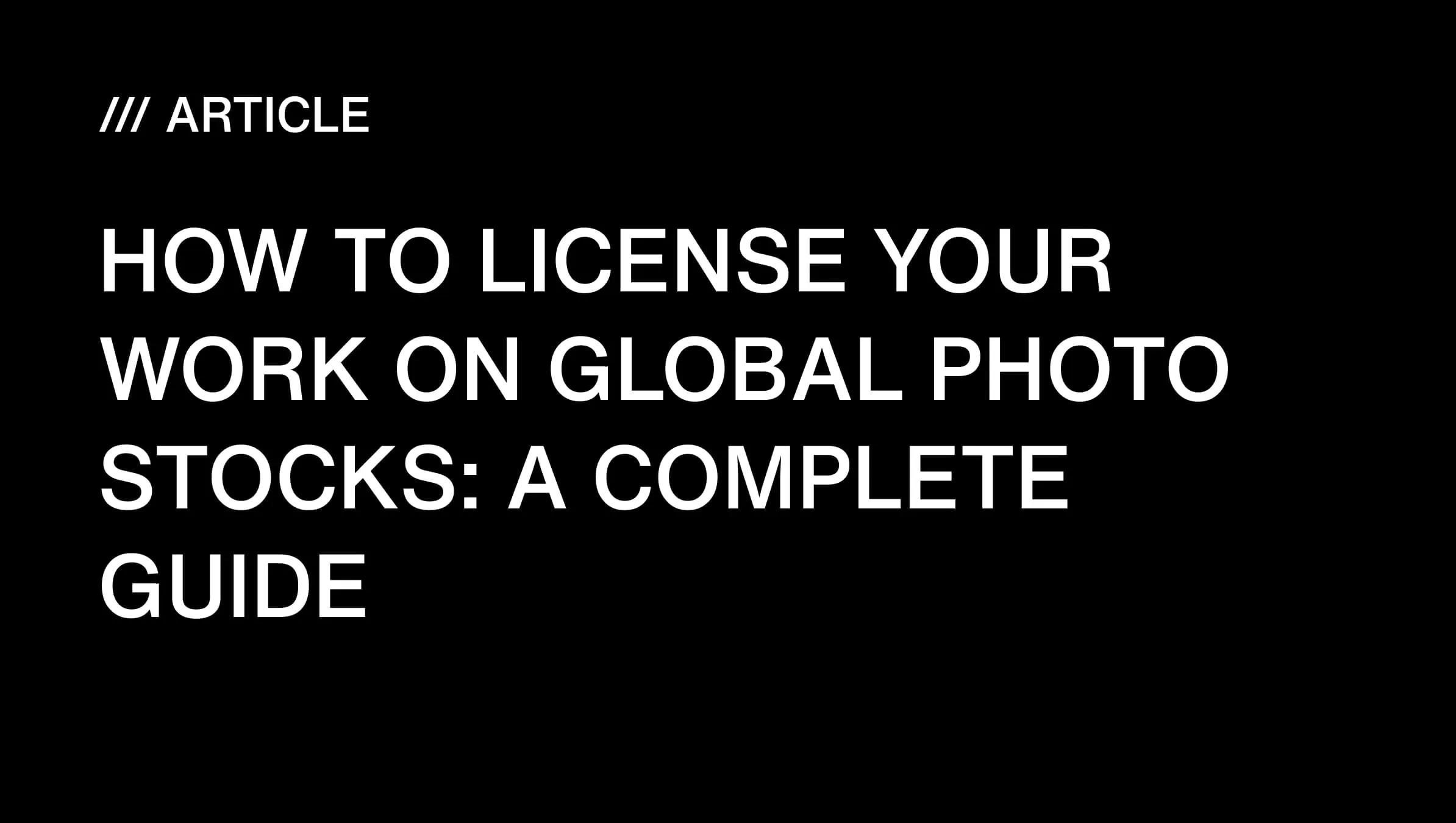Kicking Things Off
I still remember one shoot in Byron Bay - early morning light, ocean mist, everything dialed in. The model absolutely owned the frame. We wrapped, hugged it out, and… yeah, I forgot the bloody release. Gut punch.
Whether you’re deep in the freelance grind or juggling commercial gigs with influencer collabs, missing that one piece of paper can turn your dream shoot into a legal migraine. And here’s the real kicker - sometimes even a signature isn’t enough. Yep, been there too. Let’s break this all down so you don’t have to learn the hard way.
What the Heck Is a Model Release Anyway?
Why You Need One (Seriously)
A model release functions similarly to a permission slip for adults. It grants you the legal permission to incorporate someone’s likeness - face, body, voice, or any other aspect - in your creations. No release? No right to publish. It’s that simple.
I like to think of it as a backstage pass. Without it, you’re basically gate-crashing someone else’s image rights. That’s not just bad form - it’s lawsuit territory.
Moments You’ll Regret Not Having It
Let’s keep it real. Here’s when you’re gonna wish you had that release on file:
- • Editorial or glamour shots
- • Commercial b-roll and campaign reels
- • Vox pops and doc-style interviews
- • TikToks and Reels featuring guests
- • Stock submissions (trust me, Getty doesn’t play around)
My rule? If there’s a recognisable face, and you’re posting it somewhere public - get the release, no matter what.
Verbal Releases: Fast, Loose, and Risky
When Verbal Happens
I’ve had plenty of moments mid-shoot where stopping for paperwork would’ve killed the flow. The model gives a nod, says “Go ahead,” and we keep rolling. That’s a verbal release. Feels easy in the moment. Until it isn’t.
Legal... Technically?
Depending on where you are, a verbal agreement might hold up. But here’s the problem - proving it is like catching smoke.
It's like you shot the footage, backed it up, and then deleted the proof. You've got their “okay,” but not a single receipt to show for it.
The Real Pros & Cons
Here’s the breakdown, no fluff:
Works When:
- • You're flying solo and need speed
- • The setting's casual or public
Falls Apart When:
- • There’s zero documentation
- • People “forget” what they agreed to
- • You’re dealing with anything commercial
I’ve seen friends go from viral content to courtroom drama over this exact thing. Don’t be that story.
Written Releases: Your Bulletproof Vest
What Needs to Be on That Sheet
Look, I’m no lawyer, but I’ve worked with enough of them to know what a solid release should include:
- • Full legal name and legit contact info
- • Date, time, and shoot location
- • Specific usage rights (e.g., editorial, commercial)
- • Where it’s being used and for how long
- • Payment terms, even if it’s zero
- • Both parties’ signatures - no shortcuts
Why It’s Your Best Friend
This doc doesn’t just protect you - it shows you’re a pro. It:
- • Sets expectations crystal clear
- • Holds up in court like kevlar
- • Makes platforms like Snapwire or Adobe Stock actually accept your work
- • Builds trust with your talent
Digital Signatures Are the New Standard
I used to lug around a clipboard, and half the time the forms came back coffee-stained or folded like origami. Not anymore.
SnapSign changed the game. It’s fast, mobile, secure, and - thankfully - legally binding. I can get a signature while I’m packing up my gear.
Why Verbal Consent Might Leave You High and Dry
Real-World Screw-Ups
A few years ago, a mate of mine filmed a lifestyle reel - had a great on-camera convo, got a verbal “all good” from the model. Two months later, the footage ends up in a promo. The model freaks. Says she never gave permission. No written form, no recording- nothing. The client pulled the whole campaign.
Lesson? If it’s not documented, it didn’t happen.
You Carry the Burden of Proof
This one stings: you’re the one who has to prove they said “yes.” Not the other way around. That means if you don’t have a form, or a video, or something that shows they agreed? You’re flying without a parachute.
When Even a Signature Isn’t Enough
Slippery Language Can Bite You Later
Let’s say your form says “promotional use.” Sounds solid, right? But what’s “promotional”? Social media? Print ads? Giant billboard outside Heathrow? Vague terms leave room for disputes. Don’t play vague.
Confused Models Can Void Your Form
I once had a first-time model in Berlin sign a form and smile. Later, she emailed saying she didn’t realise “perpetual use” meant forever. She thought it was a one-time post. Lawyers got involved. It was messy.
Bottom line? Use plain language. Talk them through the form if you have to.
How to Lock It Down Like a Pro
Film the Consent
After I wrap a shoot, I always take a minute and ask the model to say something like:
“I’m [Name], and I consent to the use of my image for [project].”
That clip has saved my skin more than once.
Bring a Witness
If you’re doing big commercial stuff - or shooting overseas - have someone else on hand when the release gets signed. A witness, or even a notary if you're going full legal. Sounds over-the-top, but I’ve done it for brand clients who don’t mess around.
Stay Organised
One folder per shoot. Inside:
- • The SnapSign form
- • An ID copy
- • Consent video/audio
Back it up to Google Drive, Dropbox, wherever. I label everything by date and shoot name. Took me years to get this disciplined, but it’s paid off big time.
SnapSign: My Secret Weapon
Why SnapSign Works for Me
Back in the day, I lost a release form in a muddy backpack in Prague. Never again. SnapSign lets me:
- • Send docs from my phone
- • Get signatures instantly
- • Download a timestamped PDF
No chasing. No scanning. Just done.
Digital = Peace of Mind
These days, paper’s more liability than lifeline. With SnapSign:
- • You can’t misplace the release
- • You can see when and where it was signed
- • Everything’s safe in the cloud
- • It just makes you look like a pro who’s got it together
Got Global Reach? Don’t Wing It
Every Country Plays by Different Rules
I’ve shot in the States, Europe, and Southeast Asia - and no two countries play the same. Some want verbal consent. Some want triple-signed documents with witnesses. France? Don’t even try publishing without a form.
If your content lives online, it’s international by default. Protect yourself accordingly.
International Laws Get Messy
Let’s say you film in Lisbon, your model’s from Toronto, and the footage airs in Sydney. If something goes sideways - who’s law applies? It gets complicated fast. That’s why I treat every shoot like it’s going global, even if it’s “just a social post.”
Wrapping It Up
So here’s what I’ve learned, the hard way: verbal “go-aheads” don’t cut it, and a rushed signature on a bad form isn’t much better.
Use a tool like SnapSign. Take your releases seriously. Add that extra 10 minutes to your workflow. It’s worth it. Because when clients call, asking, “Are we clear to use this image globally?” - you’ll want to say “Yep,” without hesitation.





